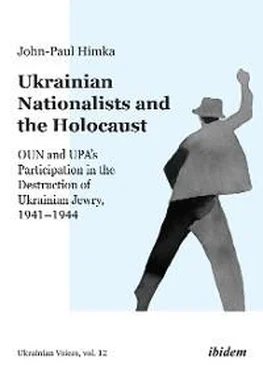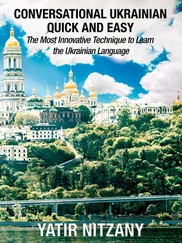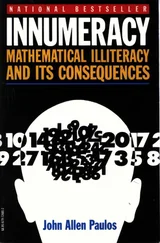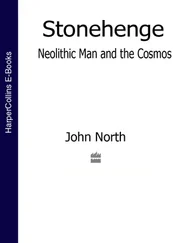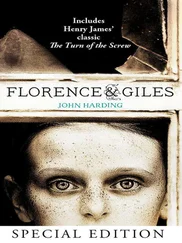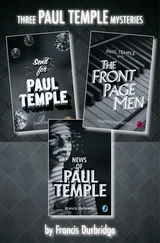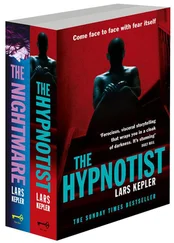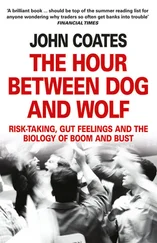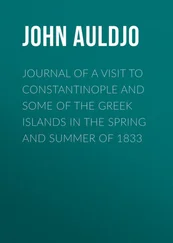Close to the group described above are other Western historians who have made important contributions to the history of the Holocaust in Ukraine. Wendy Lower has written on German perpetrators, co-edited a collective monograph on the Shoah in Ukraine as well as edited an English translation of one of the few diaries of a Jewish victim of the Holocaust in Galicia; she has also written on the bloody summer of 1941 in Ukraine. Vladimir Melamed, originally from Lviv and the author of a Russian-language history of Lviv’s Jewish community, has written an original study of Ukrainian collaboration in the Holocaust based on the oral histories collected by the USC Shoah Foundation. Frank Golczewski has published a number of important studies that relate to OUN and to the Holocaust in Ukraine.
In the past few decades Polish historiography on OUN and UPA has been extensive and has been mainly concerned, of course, with the nationalists’ slaughter of the Polish population in Volhynia and Galicia in 1943-44. One of the most important Polish historians working in this area is Grzegorz Motyka. His major study Ukraińska partyzantka (The Ukrainian Partisan Movement) contains a chapter on UPA and the Holocaust, but like Dieter Pohl a decade earlier he was unable to arrive at clear conclusions.
Contemporary Polish historiography remains divided over the scholarly contributions of Jan Gross. Neighbors has had, and continues to have, a controversial reception in Poland. Some prominent Polish historians and intellectuals reject Gross’s work, 130but mostly in consideration of what it says or implies about Polish society. Worth singling out is Bogdan Musial’s “ Konterrevolutionäre Elemente sind zu erschießen,” an informative study of the violence—Soviet, Nazi, and Ukrainian nationalist—in the summer of 1941. It originally appeared in August 2000 and was less antagonistic to Gross’s scholarship than Musial’s later texts and those of other Polish historians in his camp (such as Marek Jan Chodakiewicz). But “ Konterrevolutionäre Elemente sind zu erschießen” has been criticized by Western scholars for exaggerating the role of Jews in the Soviet apparatus in Eastern Poland/Western Ukraine in 1939-41 and thus implying a certain justification for the pogroms that broke out in the wake of the German invasion. 131
The Rehabilitation of OUN and UPA in Ukraine
An even more important division has been created by the recrudescence of a pro-OUN historiography, this time in Ukraine rather than in the diaspora. It is a historiography that takes little notice of Western scholarship, except occasionally as an irritant. It also neglects or rejects the use of contemporary testimony by persons of non-Ukrainian ethnicity, particularly Poles and Jews. It does not conceal its political purpose, the exposition of a heroic national myth. Although it is not without genuine achievements, from the point of view of historical scholarship it is a historiographical silo.
As mentioned earlier, in the 1990s, as a response to calls to rehabilitate OUN-UPA as well as to protests of Red Army veterans and others against such rehabilitation, the Ukrainian parliament looked to Ukraine’s historians to investigate the historical role of the nationalists and to provide information on which a decision could be based. In 1997 a working group was set up, headed by Stanislav Kulchytsky. In the mid-1980s Kulchytsky had been part of a Soviet Ukrainian commission to refute allegations that there had been a manmade famine in Ukraine in 1932-33. Later, when Ukraine became independent, and especially when President Viktor Yushchenko (2005-10) made the famine, the “Holodomor,” a central component of his historical and identity politics, Kulchytsky changed his views and became the chief historian of the famine and a strong proponent of the idea that the Holodomor was a genocide. 132
The working group produced two key texts in 2000-05 that were meant to clarify the history of OUN and UPA and provide expert guidance on the evaluation of the nationalists. 133The first of these texts, Problema OUN-UPA , was produced in 2000 and intended as a preliminary outline of the issues. 134A not unsimilar document was produced in 2005, which bore the subtitle “expert conclusion” ( fakhovyi vysnovok ) but actually made no overt recommendations. 135In addition to these more programmatic documents, the working group published a collective monograph on the history of OUN and UPA. 136Much of the text of the two shorter, programmatic publications was drawn word for word from the collective monograph. The collective monograph in turn was drawn from more extensive studies by working-group members that preceded the collective monograph. Particularly useful for this book were the substantive treatments of OUN and UPA by Anatolii Kentii and Ivan Patryliak. Although the oeuvre of members of the working group tended to have a generally positive attitude toward the nationalists and played down their dark sides, it harvested much rich material from post-Soviet Ukrainian archives.
The working group did not explicitly call for the rehabilitation of OUN and UPA, but that was clearly the direction in which their endeavors pointed. They were academics drafted to provide historical answers to a political question that has divided Ukrainian public discourse ever since it became possible to freely discuss the nationalist heritage. Their work had nothing at all to say about antisemitism as a component of OUN ideology or about OUN-UPA participation in the Holocaust. In fact, the Holocaust itself is scarcely mentioned in their texts, although these texts all focus on World War II and on Ukraine, where a million and a half Jewish people were murdered. This omission can partly be explained by the working group’s overall tendency to whitewash the nationalists’ record. For example, it treated UPA’s mass murder of the Polish population as a tragedy rather than a crime. It saw both Poles and Ukrainian nationalists as culpable in the violence, denying that the mass murder had anything to do with a nationalist ethnic cleansing project. 137
But perhaps at least equally important was another factor, namely the terms of the political debate into which the historians were asked to intervene. The “expert conclusion” divided the parties privy to the dispute into “adherents to and opponents of the nationalists, veterans of OUN and the CPSU, of UPA and the Soviet army.” 138European norms, including European concerns about the Holocaust, were absent from the context. The working group was responding to the critique of the nationalists developed by the Soviets, who were not concerned with the Holocaust at all, nor with antisemitism, nor even—considering Stalinism’s own record—with mass murder and ethnic cleansing. The working group was simply not thinking in a wider context. Most of the members of the working group were themselves products of the Soviet educational system and socialization. Kulchytsky and Kentii, perhaps the most influential individuals within the group, were both born in 1937. Four other historians who contributed to the collective monograph were born between 1955 and 1967, and thus were products of the Soviet higher educational system (Volodymyr Dziobak, Ihor Iliushyn, Heorhii Kasianov, Oleksandr Lysenko). The only member whose formative period was post-Soviet was Patryliak, who was born in 1976. Thus, the questions with which the working group wrestled were mainly those previosuly posed within Soviet discourse. As a result, issues of treason to the motherland and collaboration with the enemy were much more important for them at that time than whether OUN and UPA participated in the destruction of Ukraine’s Jewish population.
Political developments in Ukraine affirmed the working group’s attitude to OUN and UPA. The Orange Revolution of November 2004 brought Viktor Yushchenko to the presidency of Ukraine. He bestowed the honorific title “Heroes of Ukraine” upon both Roman Shukhevych, the commander of UPA, and Stepan Bandera, the leader of the most important faction of OUN. As he was leaving office in 2010, Yushchenko urged Ukrainians to name streets and public places after the heroes of OUN-UPA. 139His successor as president, Viktor Yanukovych, rolled back the cult of OUN, but it returned with new energy after the Euromaidan in 2014. 140
Читать дальше
